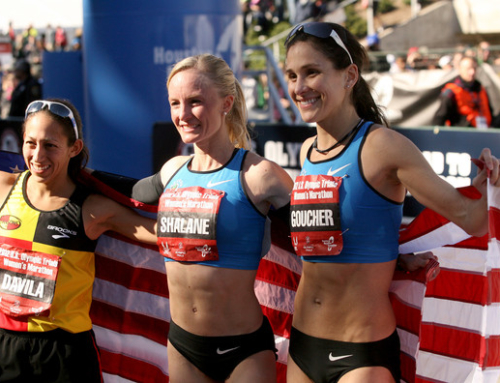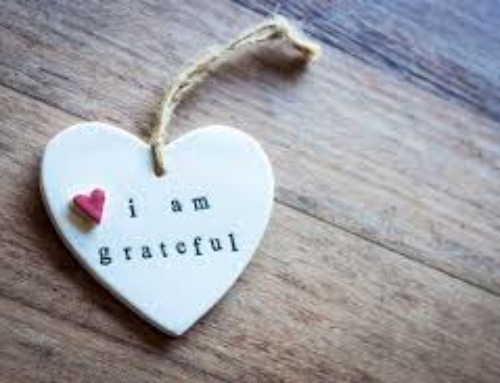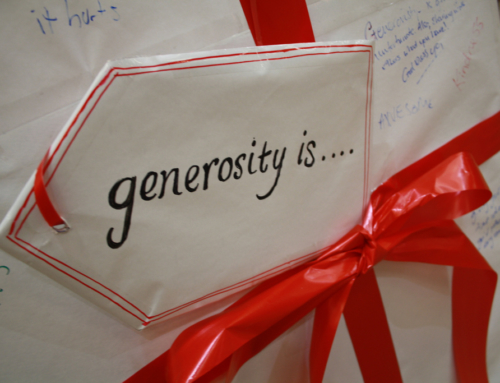May 19, 2015
By Phil Maynard
One of the most powerful aspects of worship design is visual.
If you are working within the framework of thematic worship design, this is an excellent way to anchor the theme and give worshipers a strong sensory connection that is constantly present no matter what else is happening during the hour that they are in your worship space. From the moment they are in the room (and if you are clever and creative, even before they enter the room), they receive a wordless message that helps shape the way they process their experience.
There is a reason that set design and cinematography have long been foundational elements of live dramatic productions and film. They provide a visceral tone for all that follows – it’s literally a matter of “setting the stage” for the words and music which comprise worship. And in addition to the clear thematic vision that is presented to congregants, these elements also help keep worship leadership focused on the heart of the theme.
Since the default leaders of local worship tend to be those with oratorical, musical, and dramatic skills, an intentional focus on setting the stage is an excellent opportunity to partner with visual artists. People with experience in the graphic arts, needlework, lighting design, stagecraft, floral design, and even costuming will all have something wonderful and inventive to offer if you invite them on board.
These principles are applicable in all worship scenarios from high tech to low tech, and the right visual image can make a worship theme stick in heads and hearts in a way that words alone might never achieve. (These principles also have a powerful historical context – the architectural elements, stained glass, and intricate sculptures which adorn the most famous cathedrals are a concerted strategy to help illiterate church goers experience the power of God directly and without words.)
Of course, most churches are now using screen-based media content, and a strong visual theme begins in these churches with graphic design that carries the theme. There are many, many online resources for congregations without designers of their own (like www.sharefaith.com), but technology has made it easier and easier for this to be a serious hobby, and it’s quite likely that you can customize your graphic content and empower one of your creative types. The visual graphics, once created, can promote and connect the theme on multiple platforms (the Sunday newsletter, the weekly e-mail news, the church web site and social media sites). These themed graphics generate excitement. They can be used on promotional posters and even banners to draw people to worship.
Even in the simplest low tech settings, however, churches can center worship on a distinctive and heartfelt altar decorations which bring to life the narrative of any particular worship service. Many churches have practiced special occasion altar design for years – a cornucopia for Thanksgiving, loaves of bread from around the world for World communion Sunday – but this approach can be expanded to many themes. Meanwhile, handmade worship banners and paraments can be beautiful contributions from church members that create a very a strong sense of congregational personality. Even children can get involved, creating crafts and posters in Sunday School and Children’s Worship that can be displayed to reinforce the worship theme.
Physical manipulatives can create a strong emotional connection to a worship topic (nails given out as a reminder of Christ’s sacrifice; sea shells or bits of sea glass distributed as a reminder to remember our baptism). An increasing number of congregations are actually doing stage sets for the duration of worship series, as well as matching newsletter designs to the themes and logos, which also coordinate with their web pages and social media posts. We’ve seen interactive responses to Sunday messages that include whimsical nametags that say “St. _____” for All Saints Day and buckets of chalk for families to write their favorite scripture in the portico on Celebrate the Bible Sunday. The only limit to visual ideas is imagination and the number of artists you are willing to empower to be part of the process. [And on that note, this is another great reason to work ahead in your planning process as far as possible, because artists and set-designers need some of the longest lead times to bring their work from idea to reality. You can have multiple people or teams working on multiple long range projects, all happily engaged in serving the Lord where their gifts are strongest.]
This is definitely one area of planning where the internet is your friend and resource, no matter your size. Pinterest is a vast clearing house of do-it-yourself worship ideas:
https://www.pinterest.com/search/pins/?q=worship%20design
And you can share here and with ministry colleagues some of your favorite independent worship design blogs and web sites, like Marcia McFee’s on line worship design studio:
http://marciamcfee.com/index.php/worship-design-studio/
What are some of your favorite internet destinations for visual inspiration? And what are some ideas to which you and your team have enjoyed strong response? Use the comments section to share.







Leave A Comment